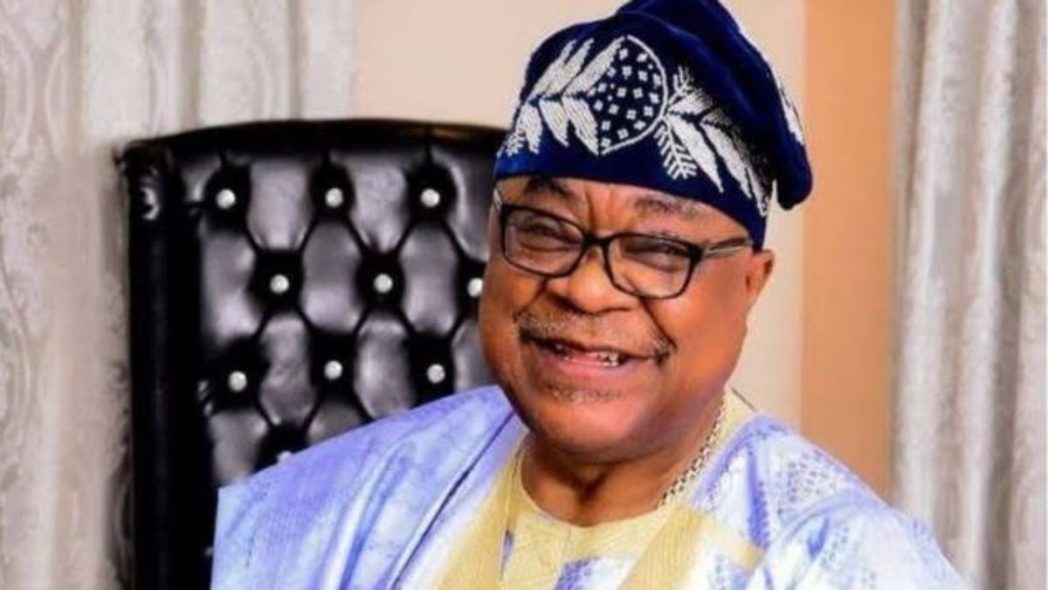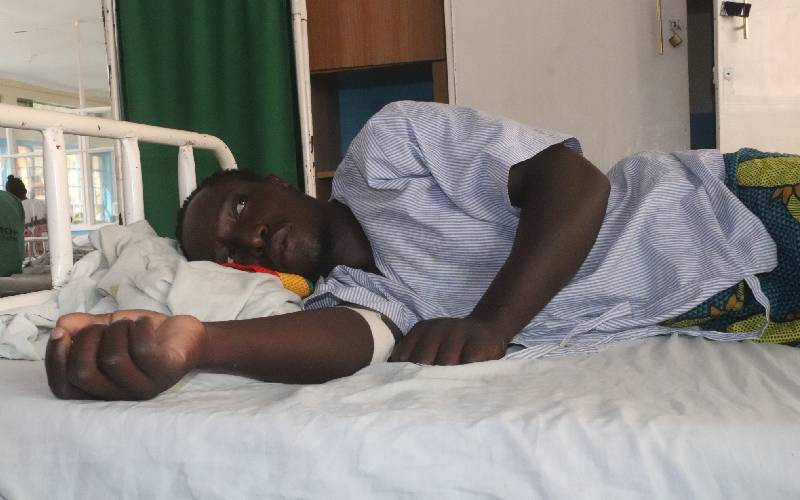Le Bourget - A Subdued But Substantial Paris Air Show

Crowds at the 55th edition of the International Paris Air Show at Le Bourget, on June 16, 2025. ... More (Photo by Alain JOCARD / AFP) (Photo by ALAIN JOCARD/AFP via Getty Images)
AFP via Getty ImagesThe Paris Air Show is the largest air show in the world as measured by attendees or exhibitors. It has been held every two years (on odd numbered years) since 1949. The first four days are devoted to industry participants from both commercial and defense sectors representing OEM’s and companies down through the supply chain and support services.
Originated in 1908 as an offshoot of the Paris Motor Show, it was held at the Grand Palais in Paris until 1953 with flying demonstrations at Paris Orly airport. With the advent of commercial aviation growing to the mass market, the Show was moved to Le Bourget field, the landing site of Lindbergh’s historic solo transatlantic crossing in May 1927, where he was greeted by a crowd of over one hundred thousand onlookers.
The first "Salon du Locomotion Arienne" held in Paris's Grand Palais, 1909. Bleriot and other ... More monoplanes are seen in the foreground.
Public Domain, Science and Vie, 2009In years past, Air Shows provided a measuring stick for the two major commercial aircraft OEM’s, Boeing and Airbus, to keep score in their competition with each other. This was especially true in the 90’s and early 00’s as Airbus was gradually accumulating market share and eventually overtaking Boeing in aircraft sales and production.
Companies would hold orders that had already been inked in previous months in order to boost their count for splashy headlines during the week of the Show. The Show also provided a world stage for the flight demonstration of a new aircraft model or defense system.
In 2025, many of those aspects have changed or receded amidst a backdrop of war, recent tragedy and technological plateau. The ongoing hostilities in Ukraine have placed the spotlight on lightweight, agile offensive systems as opposed to the “big iron” of new expensive weaponry. The tragic loss of an Air India Boeing 787 days before the Show led to the decision for senior Boeing executives to not attend and for the company to keep a low profile. The duopoly of the Airbus A320 and Boeing 737 series continues to build backlog without expectation of a new technology aircraft for at least a decade.
A similar development was apparent in the military realm where legacy platforms which were designed years or decades earlier were being adapted to new missions, outfitted with new sensor suites, or positioned as flying “command posts” for unmanned weapons.
Nevertheless, dynamism was apparent in other sectors including Advanced Air Mobility (AAM), space systems and Maintenance Repair and Overhaul (MRO). MRO has continued to be a focus due to the continued demand driven by commercial aircraft that will need to be flown years longer on average, due to the production shortfalls resulting from the pandemic and various Boeing delays.
JetZero ("A New Entrant to the Commercial Aerospace Duopoly?" - Forbes.com, March 28, 2025) detailed its development plan for it’s radical design aircraft that could serve as a next generation airliner or a military tanker.
Sustainability, which has been a persistent focus for innovation over the past several years, was still strongly evident in pronouncements and product attributes, but the growing recognition that Sustainable Aviation Fuel (SAF) and hydrogen powered aircraft are not near term environmental solutions reflected the recent waning support from the International Air Transport Association (IATA) and Airbus.
Several geopolitical forces were also evident in the concerns of attendees. First, the US Administration’s pronouncements indicating weakened support for NATO and the need for European countries to contribute more to their own defense has intensified investment in and activities of defense companies within the EU.
This coupled with the Administration’s increase of the US defense budget amid global tensions resulted in a much more defense focused show than in years past. The mood was amplified by the Israeli attacks on Iran that began over the weekend when many of the initial receptions and gatherings were being held.
Second, the Administration’s imposition of tariffs has increased focus on the resiliency of global supply chains and the ability to meet production goals in a much more complex environment. On both the commercial, as well as the military side, the ability to deliver against order books was a paramount concern due to the ongoing ramp in commercial deliveries, and the shortfalls in munitions and missiles from wars in Ukraine and the mid-East.
Much as the iPhone has continued to improve capabilities on a platform that debuted eighteen years ago, the sense of the show was not on new product announcements but on enhancements to legacy platforms and proving capability to meet demand expectations in a challenging global environment.










